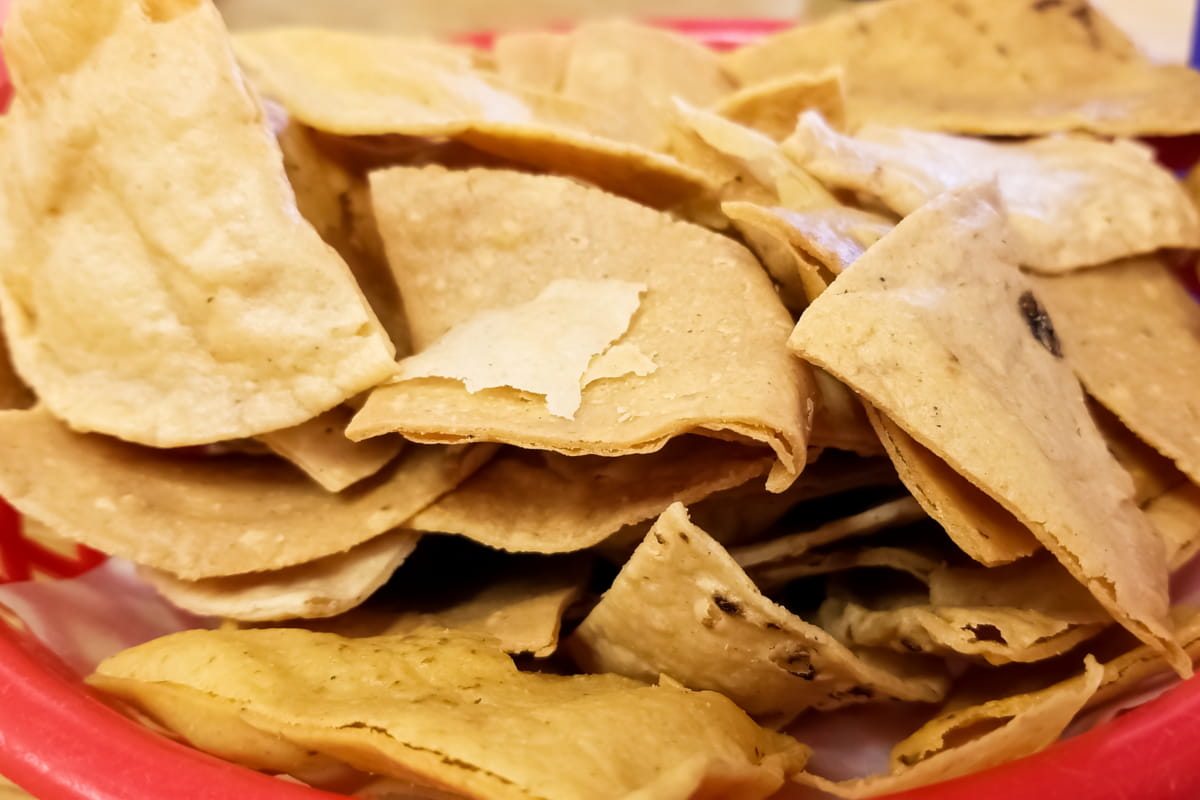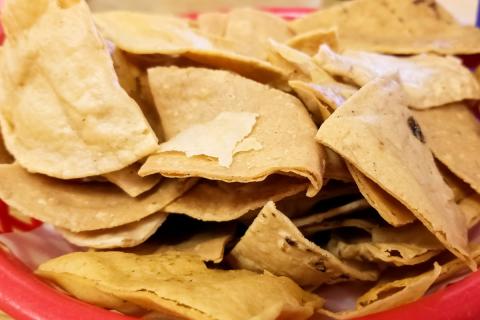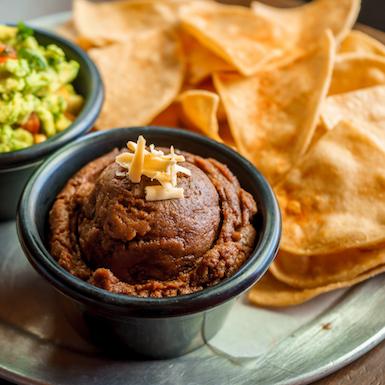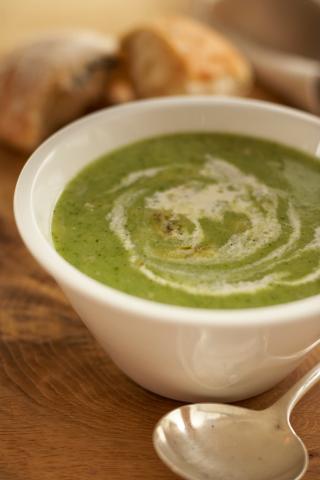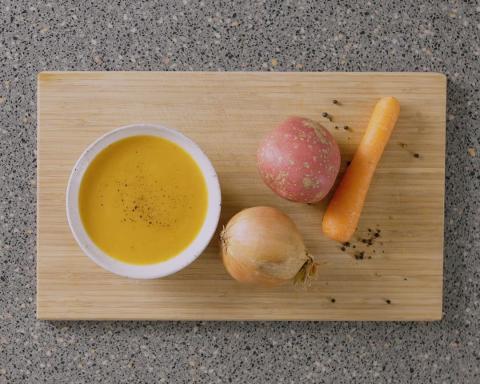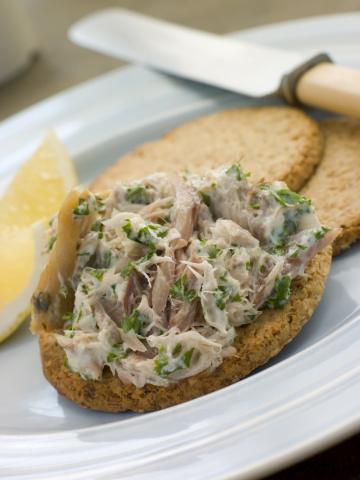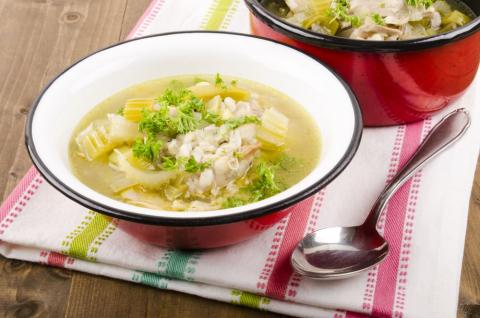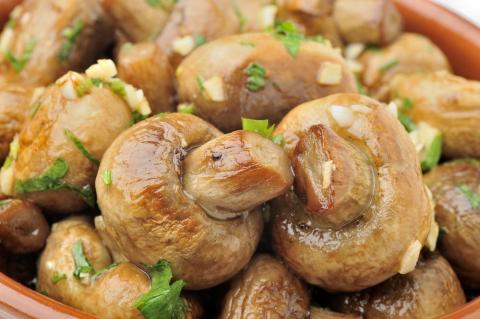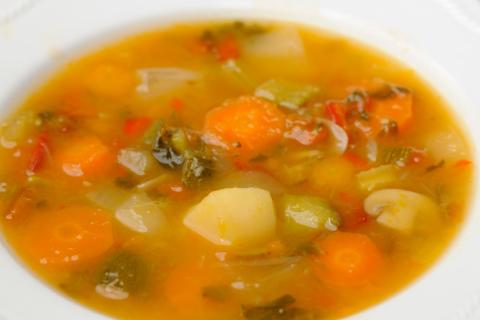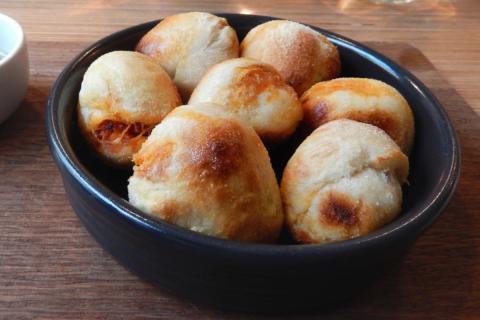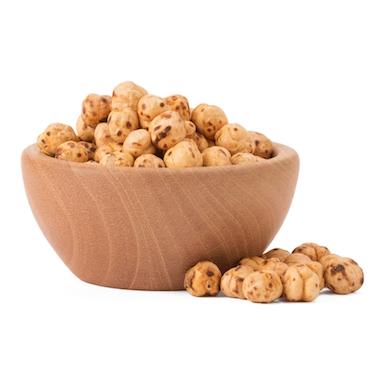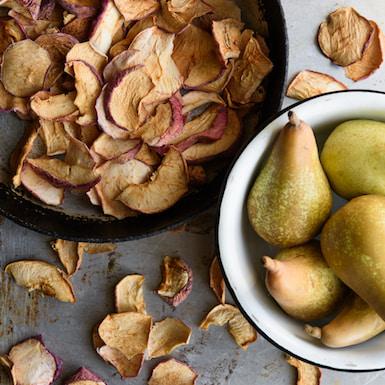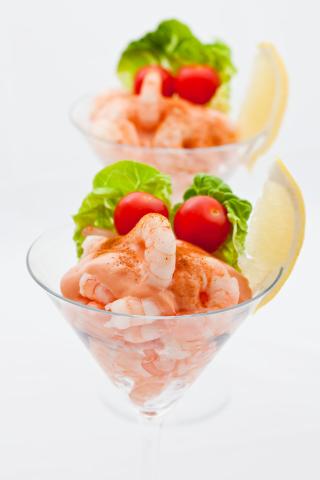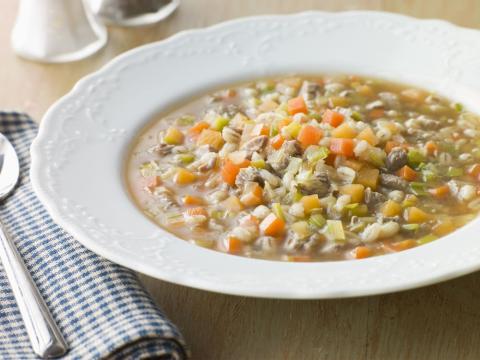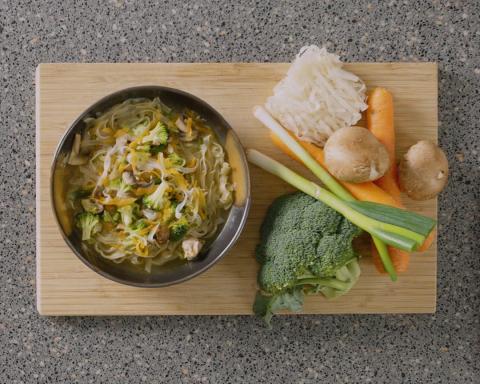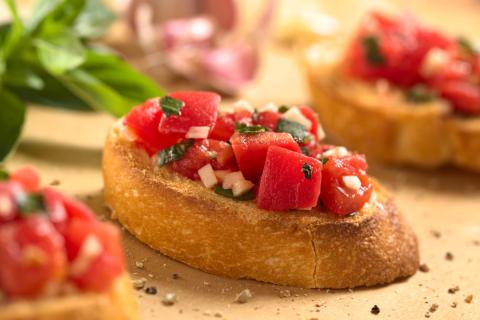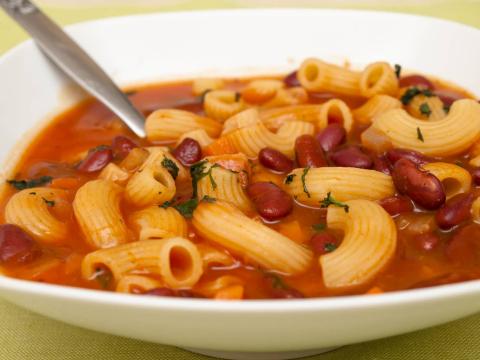- 4 (160g) Wheat Tortillas
- 1 Tablespoon (10g) Vegetable Oil
- 2 Tablespoons (80g) Houmous
- 2 Tablespoons (80g) Low Fat Plain Yoghurt
- (150g) Cucumber
- 2 (160g) Carrots
- 1 (160g) Red Pepper
- 1 Teaspoon (5g) Hot Sauce
Ingredients
Allergy Disclaimer
Always check the label of each ingredient for allergy warnings.
Method
- Preheat the oven to 175°C / 150°C fan oven / 310°F / gas mark 3.
- Using a sharp knife cut the tortillas into 8 pieces.
- Brush both sides of the tortilla pieces with oil, using a pastry brush or your fingers.
- Cover a baking tray with greaseproof (baking) paper and arrange the tortilla chips on the tray. Bake in the oven for 10-12 minutes turning half way through.
- Meanwhile peel the carrots then slice the carrots, pepper and cucumber into sticks for dipping.
- Remove tortilla chips from the oven once crisp. If using hot sauce, mix into the yoghurt while chips are cooling.
- Serve the tortilla chips and vegetable sticks with the houmous and yoghurt.
Time Saver Tips
Why not try baking the tortilla chips in advance? Just store them in an airtight container once they’ve cooled down and they’re good to go whenever you want to use them.
Cost Saver Tips
If you’ve got any leftover tortillas, this recipe is a great way to put them to good use in a tasty meal.
Tips for Kids
Want to get your wee one eating a bit more fibre? You could try giving whole-wheat tortillas a go. This is also really tasty with guacamole, and little ones will love dipping in it! To make it, just mash up a ripe avocado and add some chopped onion and tomato. A squeeze of lemon or lime helps stop it going brown.
Nutritional Information
Based on a single serving of 190g (% of an adult's reference intake)
Energy
222 kcals ( 11 %)
933 kJ ( 11 %)
Fat
0.6 g ( 3 %)
Saturates
36.3 g ( %)
Sugar
7.6 g ( %)
Salt
0.7 g ( 12 %)
Detailed nutritional information
| Per 100g | Per 190g serving | |
|---|---|---|
| Energy Kcals | 117 | 222 |
| Energy Kj | 491 | 933 |
| Protein | 3.6 g | 6.8 g |
| Total Fat | g | g |
| Saturated Fat | 0.3 g | 0.6 g |
| Carbohydrates | 19.1 g | 36.3 g |
| Total Sugars | 4 g | 7.6 g |
| NSP Fibre | 1.7 g | 3.2 g |
| Sodium | 162 mg | 308 mg |
| Salt | 0.4 g | 0.7 g |
Find out about nutritional labelling
Nutrition labels on the front of packaging
- Most of the big supermarkets and many food manufacturers display nutritional information on the front of pre-packed food.
- Front of pack nutrition labels provide information on the number of grams of fat, saturated fat, sugars and salt and the amount of energy (in kJ and kcal) in a serving or portion of a recipe.
- The labels also include information about reference intakes (expressed as a percentage) which are guidelines about the approximate amount of particular nutrients and energy required for a healthy diet.
- The colour coding tells you at a glance if the food has high (red), medium (amber) or low (green) amounts of fat, saturated fat, sugars and salt.
- The more greens on the label, the healthier the choice
- Amber means neither high nor low, so you can eat foods with all or mostly ambers on the label most of the time.
- Reds on the label means the food is high in that nutrient and these are the foods we should cut down on. Try to eat these foods less often and in small amounts.
Food shopping tips
If you’re trying to decide which product to choose, check to see if there's a nutrition label on the front of the pack. This will help you to quickly assess how your choices stack up. You will often find a mixture of red, amber and green colour coding for the nutrients. So when you're choosing between similar products, try to go for more greens and ambers and fewer reds if you want to make a healthier choice.
 Activities & Play
Activities & Play Behaviour
Behaviour Childcare
Childcare Development & Growing Up
Development & Growing Up Family, Friends & Relationships
Family, Friends & Relationships Feeding Your Baby
Feeding Your Baby Food & Eating
Food & Eating Health & Safety
Health & Safety Mental Health & Wellbeing
Mental Health & Wellbeing Money & Work
Money & Work Online Behaviour & Safety
Online Behaviour & Safety Pregnancy & First Days
Pregnancy & First Days School & Education
School & Education Sleep
Sleep

